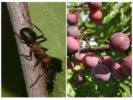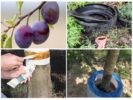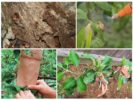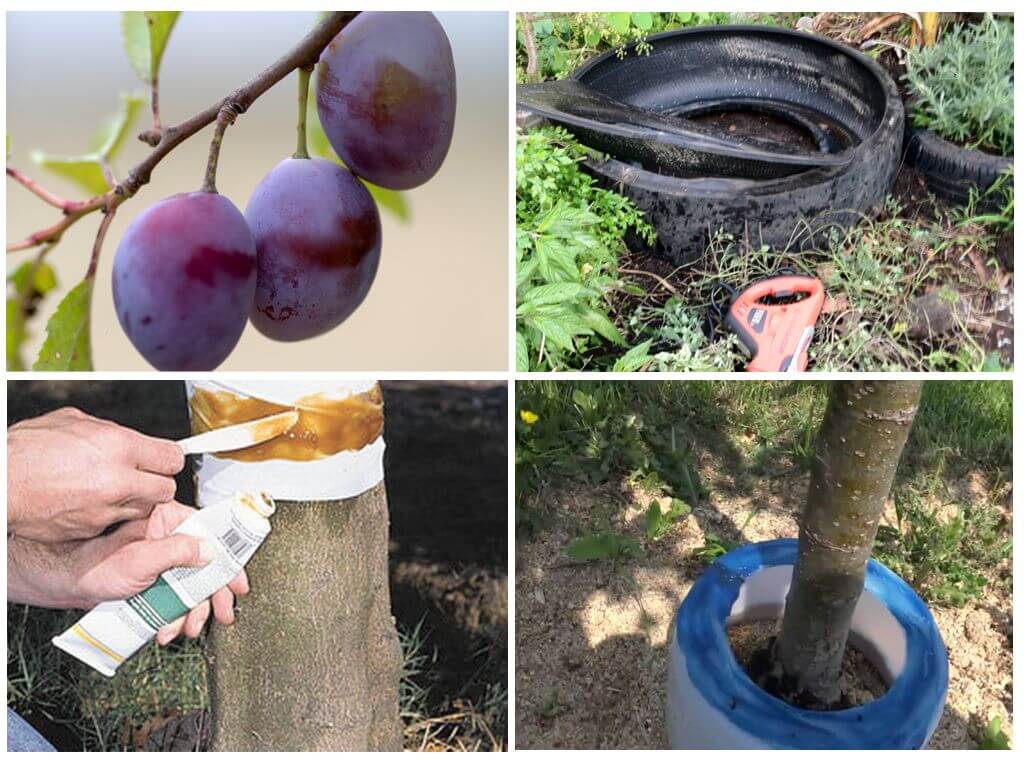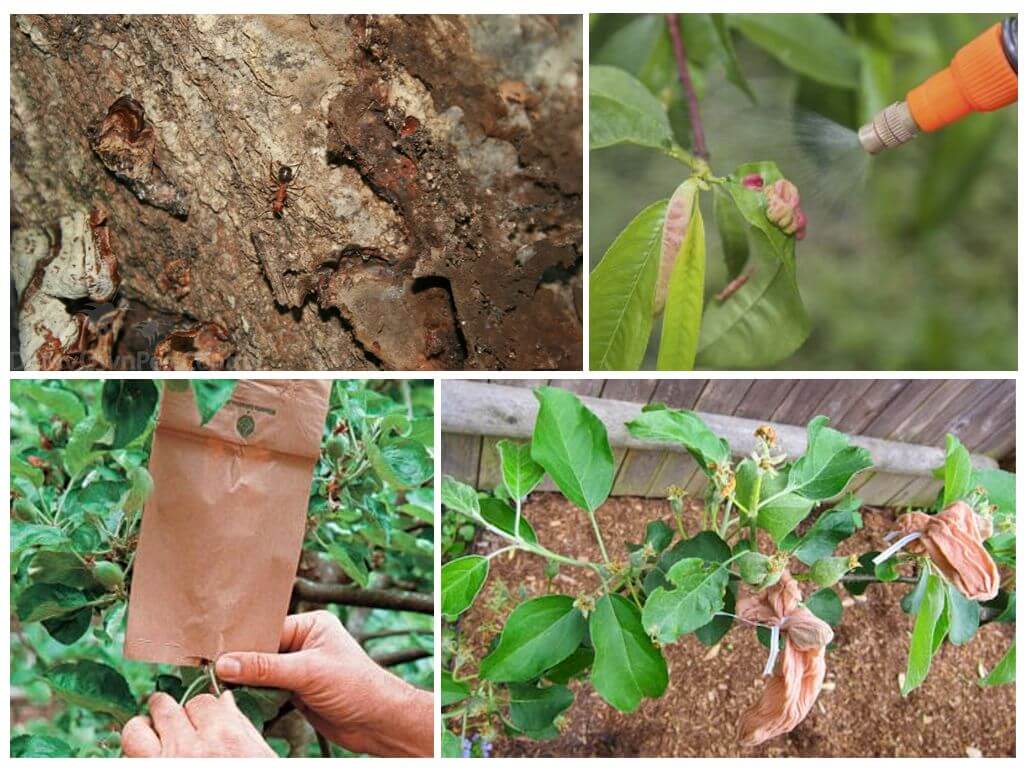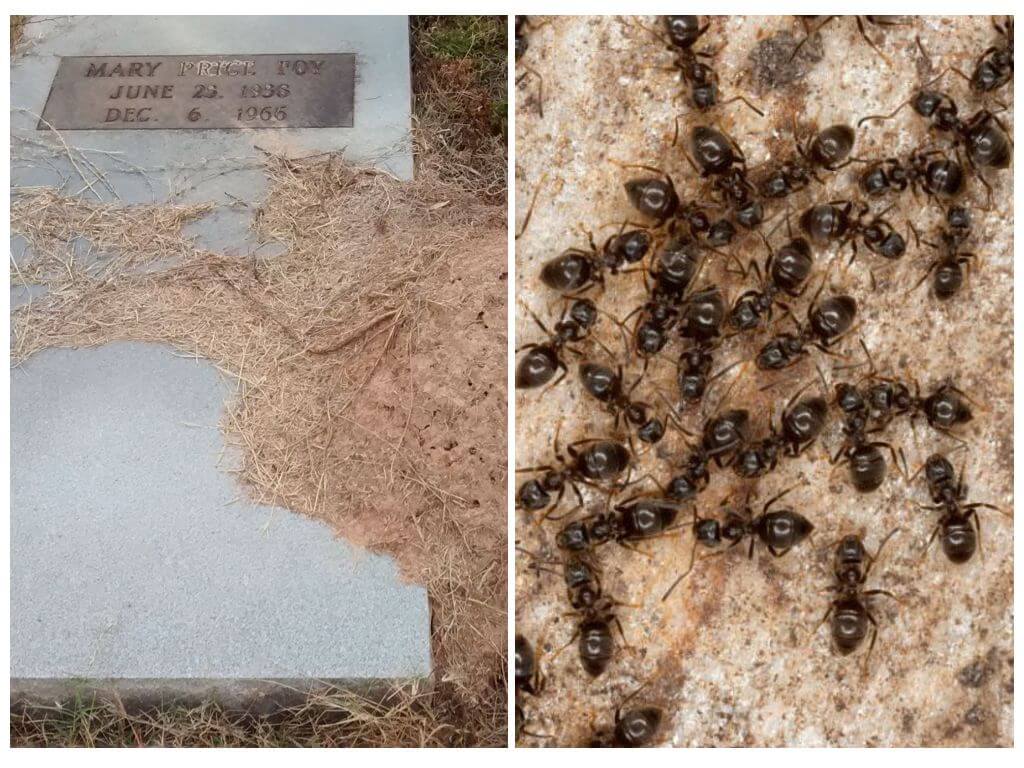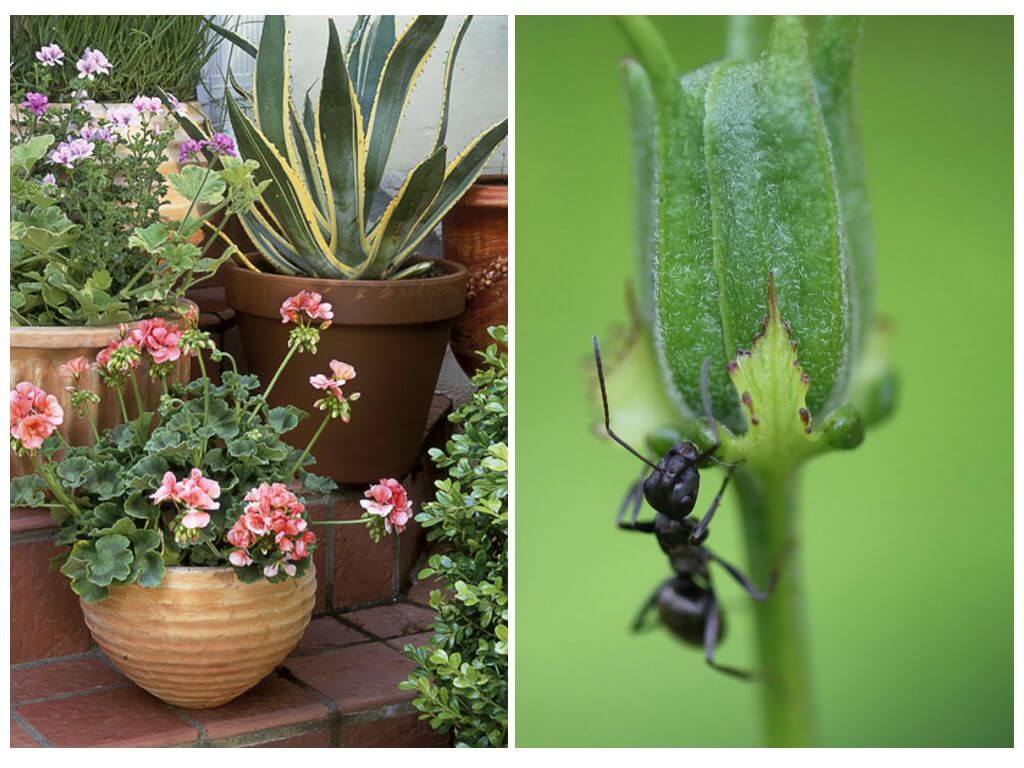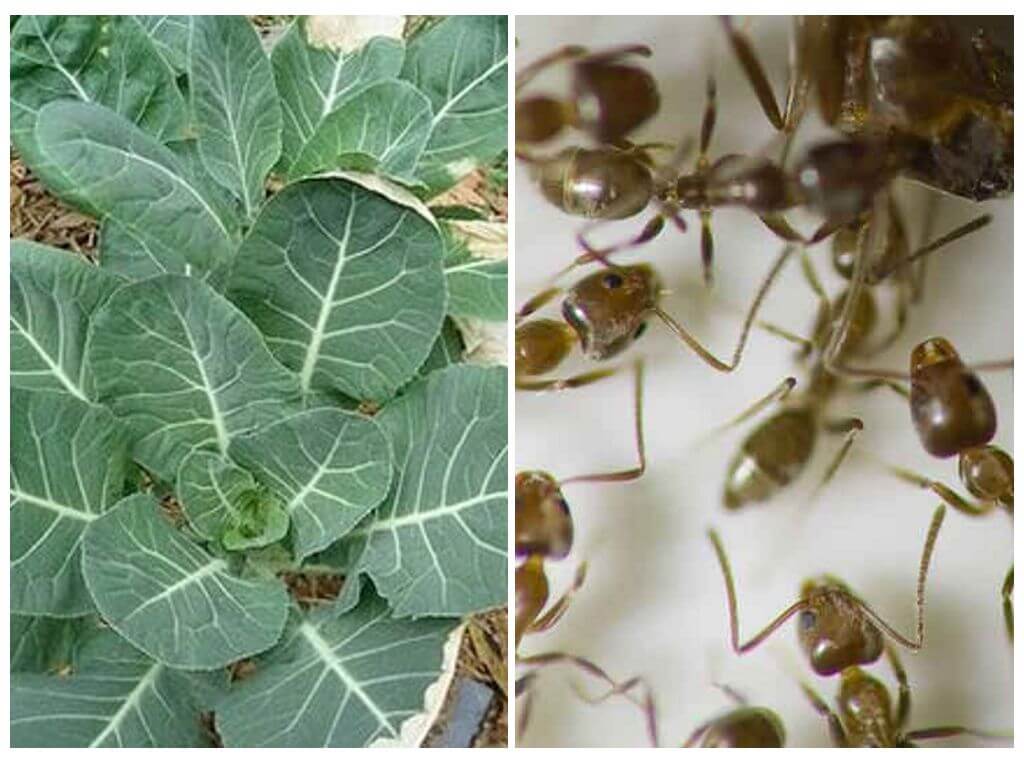- Ants on the sink
- Ways to control insects
- Processing trees from ants
Life and movement, this is what filled gardens and gardens with the advent of spring. However, everything is not always as rosy as we would like. Of particular difficulty is ants. Almost every summer cottage gardener faced the appearance of these insects on his personal plot. For forestry the benefits of goosebumps invaluable, but in the garden - these are far uninvited guests. And one of the main reasons lies in the fact that ants contribute to the spread of aphids - a dangerous enemy of fruit and berry trees, which include the well-known and beloved plum. How to get rid of ants in the sink, this article will tell.
Why are ants harmful?
Ants are attracted to trees for the following reasons:
- Ants and aphids - the coexistence of these insects is explained by the love of the former to the sweet juice that the latter reproduce. We are talking about the paddy - the excretion that aphids produce in the process of life. Wanting to feast on this nectar, the ants organize entire farms, collecting around the clock a precious treat for them. To this end, they spread aphids on tree branches, protecting it from natural enemies.
- In addition, ants love to feast on the kidneys of plums, apple trees and other fruit and berry plants. Gnawing the future ovary, they harm the tree, depriving summer residents of the long-awaited harvest.
- Ants prefer to build their homes deep in the ground, often damaging the root system of the tree.
Therefore, to avoid the presence of pests, it is necessary to limit the access of insects to the sink. You can do this in the following ways.
Ways to fight
To prevent the spread of aphids and the ants themselves on the sink, you must use the following recommendations.
Barrier of water
A water barrier for ants and aphids can be built from a car tire. It is cut lengthwise to make two identical rings. Each half is threaded through the sink and placed in a shallow trench dug in the shape of the ring. Then the cut tire is filled with water. Thanks to such a protective barrier, insects will not be able to attack the green space.
If the crown of the plum does not allow the tire to pass through it, the structure is cut, installed in this way and the joint is eliminated with the help of sealant or plasticine.
Hunting belt
Hunting belts - Another way to deal with ants and aphids on the sink. A piece of cloth, gauze or bandage is wound around the plum trunk and secured with a rope. A non-toxic glue is applied on top, which is resistant to atmospheric phenomena. It is he who will serve as a trap for insects crawling along the trunk.
Skirt obstacles
A strip of foil with a width of at least 20 cm is rolled around the plum trunk so that the structure has the shape of a skirt. The sharp edges of such a barrier will impede the movement of pests.
Tar application
Plum trunk apple trees or another fruit tree is spread over the ground tar. Peat can be used for the same purpose.
Wood processing
What to do if ants have already attacked a tree. The spray method will help fight ants on the sink.The preparation of the following solutions will help to cope with the pest, including aphids.
- In 10 l of warm water, it is necessary to dissolve 400 g of household dark soap, after which the mixture is combined with 10 tbsp. l kerosene and 2 tbsp. l carbolic acid. The solution is sprayed with both the plum itself and ant nest. To achieve maximum effect, several such treatments are necessary. This recipe is also effective against aphids.
- Sparkling water is something that is much safer than treating plums from ants than using chemicals. Water is mixed with Coca-Cola in a ratio of 1: 5. Effective soda against aphids.
- An excellent folk remedy against aphids and ants is wormwood. Fresh or dry grass is poured with water, and insisted for several hours. For 10 liters of water you need 300 g of fresh raw materials or 30 g of dry. The filtered solution is used to spray plums and other fruit trees against ants and aphids.
- Plums infected with aphids and ants can also be treated with linseed oil based solution. For 1 liter of water it is necessary to take 30 g, then add 1 tsp. calcined soda. Processing plums with such a composition will not harm the fruits and leaves of the tree.
Repellents
To protect the plum from aphids, as well as ants, plants with repellent properties can be planted nearby. These include: parsley and laurel, mint and anise, mustard and tansy. The aroma that these plants publish in the process of growth is not to their liking. You can scare away insects if you spread the cut plants next to the anthill.
Lures
Bait is also effective in the fight against goosebumps. They can be made based on boric acid or boers. Sugar, honey, jam, and even minced meat are used as a component that attracts attention.
On a note!
Lures laid out near the anthill, so that the working individuals who tasted them share a treat and with the queen uterus. Insects having eaten such a drug do not survive.
If an anthill is located next to the goose plum, getting rid of pests will help ashes or kitchen salt. It is enough to fill them in the nest and insects, including aphids, will no longer be on the sink. Vegetable oil works on the same principle.
